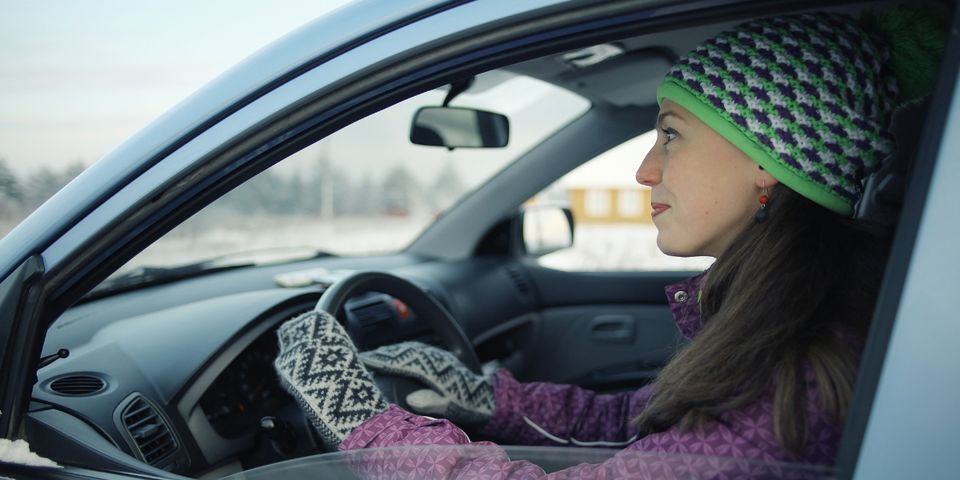Should You Warm Up Your Car Before Driving When It's Cold Out?

It's a common belief that cars need to idle for an extended period before driving in cold temperatures to avoid engine damage. However, if you ask an auto mechanic today, modern vehicle designs have widely eliminated the need for this practice. The following guide discusses where the belief originated and how to properly warm a car when outdoor temperatures drop.
Where Did the Idea of Idling Come From?
The majority of modern cars use combustion engines that generate power by igniting fuel and oxygen that kick-starts the motion of the engine pistons. Older vehicles used carburetors to regulate the gas-air mixture being fed into the motor during combustion. In cold weather, gasoline doesn't evaporate as quickly. Since carburetors aren't able to accurately adjust to the ratio of gas and air, the part leaves liquid fuel behind and releases a gas-air mixture that can cause engine damage and require repairs from an auto mechanic.
Vehicle manufacturers started shifting away from carburetors in the 1980s. Modern engines use electronic fuel injectors, which are able to sense temperature changes and shift the gas-air ratio released into the engine. This negates the evaporation issue and allows most modern cars to be driven safely as soon as they are started.
Will Idling Do More Harm Than Good?

Idling a vehicle for more than 30 seconds after it starts may be detrimental to its operation. This practice can use one-quarter to one-half of a gallon of fuel per hour. It can also lead to the need for more frequent oil changes, as it strips the lubricant from essential engine components. Excess idling emits unnecessary pollution that contributes to greenhouse gases, as well.
How Can You Safely Warm Up Your Vehicle?
Driving your car gently in the cold will allow it to warm up quicker and generate more heat. Avoid hard acceleration for the first few minutes to give the engine time to warm naturally.
Although it's not necessary for engine function, it's OK to start the car engine while you clear snow or ice off the windshield or windows. Turning on the defroster can also help thaw ice and defrost the glass.
Windows fog up because cold air isn't capable of holding as much water as hot air, which causes moisture to settle on surrounding surfaces. This condensation obscures driver visibility. You can defog glass faster by warming the interior air rapidly with the car heater, then briefly turning on the air conditioner. Cold air from outside will replace the air inside and remove excess moisture.
The team at A-1 Auto Service can ensure your car is running smoothly no matter the weather. They have been providing quality service to drivers throughout Lorain, OH, and the surrounding regions for more than 40 years. All of their auto mechanics are ASE®-certified and offer a wide variety of services, from oil changes and diagnostics to brake repair and suspension maintenance. Visit them online to learn more, or call (440) 245-0076 to schedule an appointment.
About the Business
Have a question? Ask the experts!
Send your question

